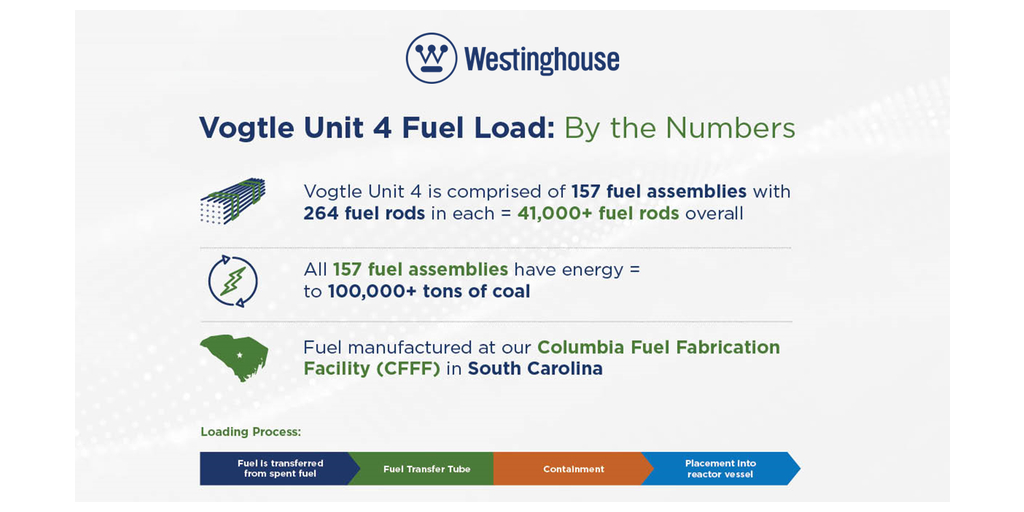
Africa is an absurdly big continent. The land mass is big enough that you could put China, India, and the USA inside of it with room to spare for the most populous nations of Europe. There are 1.2 billion people, 55 countries, hundreds of languages, and radical variations in geography.
But it’s not a rich continent. Sub-Saharan Africa has a poverty rate of 41% and 27 of the 28 poorest countries in the world are there. A lot of that is due to energy poverty, and not the kind experienced by less affluent Europeans during the recent energy crisis. No, this is real energy poverty, where they don’t have electricity in their homes and businesses and are constantly hunting for dry biomass to burn for cooking.
I don’t pretend to be an expert on the continent, or even any of the countries in it. But I have some insights, having assessed pumped hydro opportunities in Kenya, green hydrogen shipping from Namibia to Europe, and European hydrogen efforts in three northern African countries. I presented at a northern African renewables conference in December of 2022 at the organizers’ request. I’ve plucked at the surface of parts of the huge continent. And so, I approach this subject humbly.
The paper is Juxtaposing Sub-Sahara Africa’s energy poverty and renewable energy potential. What is the provenance of the proposal? It’s from a multinational research team from Guangdong University of Petrochemical Technology, the University of Electronic Science and Technology of China, the Cyprus International University, the Chrisland University in Nigeria, and the University of Sharjah in the UAE. That represents both foreign and African researchers. It’s in the journal Scientific Reports, a natural sciences research sub-publication of Nature with a good impact factor of 5.516 over five years. This isn’t a whimsy, but a solid research effort that’s been peer-reviewed.
The proposed transmission grid stretches from Mali and Nigeria in western Africa, through Niger, Chad, and Sudan to Ethiopia in eastern Africa, then south through Kenya, Uganda, Burundi, Tanzania, and Mozambique before terminating in South Africa at the southern tip of the continent. That’s over 10,000 kilometers of transmission lines covering some epic terrain, including a lot of desert and crossing the Great Rift Valley at least once. That’s 40% of the distance around the equator. This is not a trivial proposal.
What was their approach? They used the EnergyPLAN simulator, developed and maintained by the Sustainable Energy Planning Research Group at Aalborg University, Denmark. It simulates the operation of national energy systems on an hourly basis, including the electricity, heating, cooling, industry, and transport sectors. A large part of the intent for the development of the simulator, which was first released in 2000, was to assist in the design of 100% renewable national energy systems — hourly energy demand and supply for 12 countries for a year at a time. The simulator had been used extensively across African countries and regions prior to this application, so it’s a well tested model and a useful tool to simulate this massive proposal. There are limitations with the capabilities of the simulation which they call out clearly, mostly regarding the number of pumped hydro facilities and the number of countries that can have what generation, which they did explore and iterate through to arrive at the results. Again, non-trivial.
What scenarios did they consider? It was an iterative process with electric vehicle demand, pumped hydro storage, onshore wind, and solar photovoltaic in varying proportions. There were six different scenarios modeled and analyzed considering 2030 and 2040 as the targeted implementation years, and with varying mixes of the generation and storage capacities in different countries. This was a huge, well considered effort on the team’s part. Three scenarios were single-generation technologies only with onshore wind and concentrating solar power (CSP), while three were hybrids of the technologies.
Why CSP was modeled was an interesting question given its failure to deliver on its promises compared to photovoltaic over the past 30 years. The study’s argument is that in very hot countries, photovoltaic underperforms, giving an edge to CSP. Perhaps.
Including battery electric vehicles, the study found the total electricity demand to be 700 TWh/yr and 800 TWh/yr for 2030 and 2040 respectively. On an hourly base, that equates to a power demand range from 40 GW to 120 GW at various troughs and peaks. Their solution modeled all twelve countries for a year of power based on meteorological wind and solar records, and modeled energy storage and flows between countries. The geographic ranges cover three to four of the six time zones in Africa, as well as significant north-south variance, allowing for peaks and troughs of demand and production to be covered over a very large expanse, reducing incidences of lack of available power.
This study avoided one of the major failings of many studies of renewables from the past three decades, which was picking an arbitrarily narrow geographical expanse such as an American state or European country, limiting or ignoring interconnects, and then declaring that renewables couldn’t possibly work. A geographically broad grid with strong transmission enables bringing a lot of electricity from where it happens to be generated to where it is in demand, and enables large-scale storage to be located in strategic positions to provide balancing.
Unsurprisingly, the study found that the cheapest system which would meet the demand profiles had a mix of renewable generation technologies and grid storage toward the high end of the modeled ranges. The critical excess electricity production that would require curtailment of generation sources was reduced, but not eliminated. As a side note, the study assessed the potential for hydrogen generation with just the excess electricity in the scenarios.
The last point is that the scenarios included ones where existing fossil fuel generation plants were excluded from consideration and included. Obviously, system costs and renewables curtailment dropped when fossil plants were providing peak demand and backup, and that’s a much more realistic scenario for 2030 and 2040. Running existing coal and gas plants fewer and fewer hours every year is the path to 100% renewables, not pretending that they don’t exist and not exploiting them.
Costs for all of this range broadly, from almost US$3 trillion for the CSP-only scenario, to the fully hybrid solution with fossil fuel plants at under US$500 billion. A renewables-only solution with low storage capacities was in the range of US$1 trillion.
So, if this is only a research study that’s modeling out a hypothetical supergrid for Sub-Saharan Africa, why should we take it seriously? Well, the study was led by Chinese research institutes, and China’s Belt & Road Initiative (BRI) is active in 44 of the 46 countries in the region. Further, while the BRI is still building far more coal and gas generation than renewables, it has eliminated new coal plants from its consideration, and the percentage of renewables and transmission projects is increasing year by year.
Recently, I was talking with Chinese business executives about Europe’s decarbonization strategies. A question that emerged in the discussion portion of the 2.5 hour lecture was “What can China do to accelerate global decarbonization to meet warming targets?” One of my answers was that it could commit to building massive amounts of wind, solar, storage, and transmission as part of the BRI. I see this study as part of a strategy on China’s part to deliver the energy economy of the future in Sub-Saharan Africa, bringing the region out of energy poverty over the coming decades.
I don’t like paywalls. You don’t like paywalls. Who likes paywalls? Here at CleanTechnica, we implemented a limited paywall for a while, but it always felt wrong — and it was always tough to decide what we should put behind there. In theory, your most exclusive and best content goes behind a paywall. But then fewer people read it! We just don’t like paywalls, and so we’ve decided to ditch ours. Unfortunately, the media business is still a tough, cut-throat business with tiny margins. It’s a never-ending Olympic challenge to stay above water or even perhaps — gasp — grow. So …
Sign up for daily news updates from CleanTechnica on email. Or follow us on Google News!
Have a tip for CleanTechnica, want to advertise, or want to suggest a guest for our CleanTech Talk podcast? Contact us here.
Former Tesla Battery Expert Leading Lyten Into New Lithium-Sulfur Battery Era:
CleanTechnica uses affiliate links. See our policy here.




